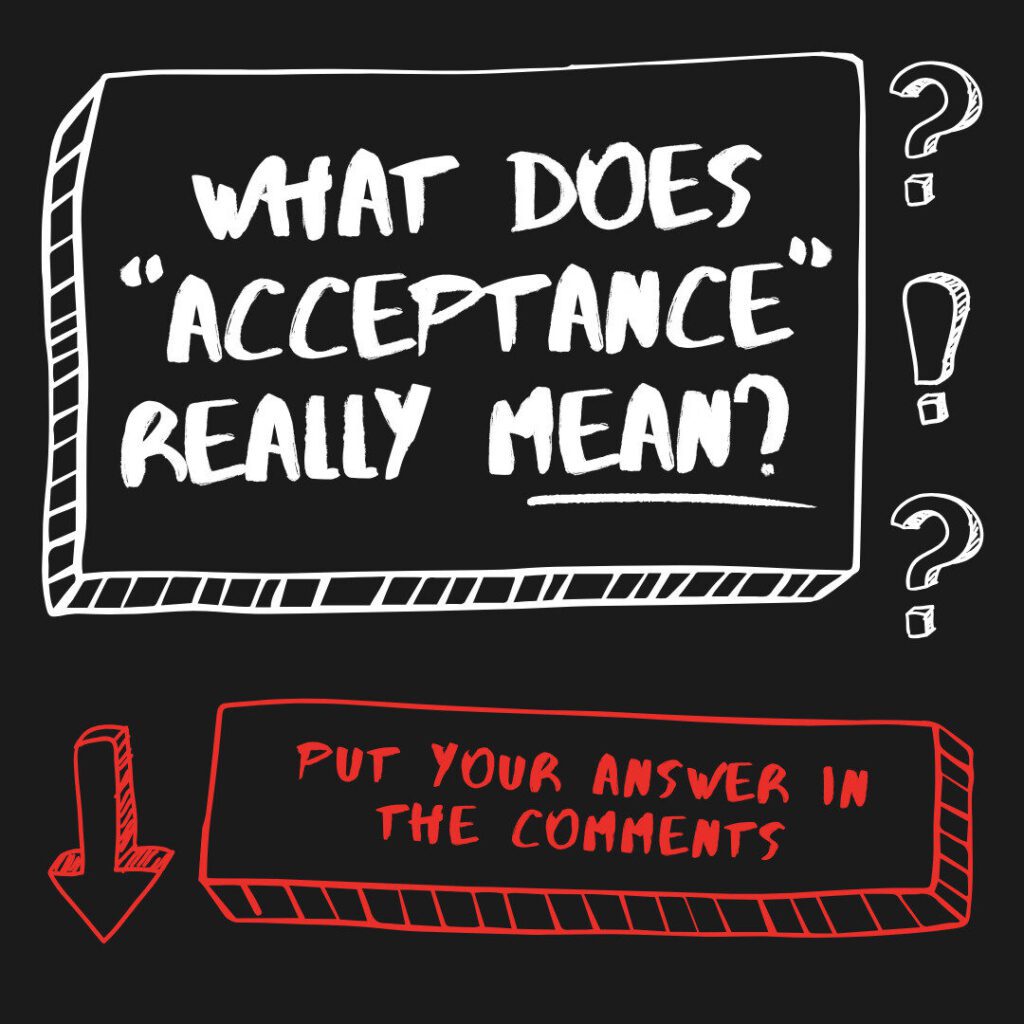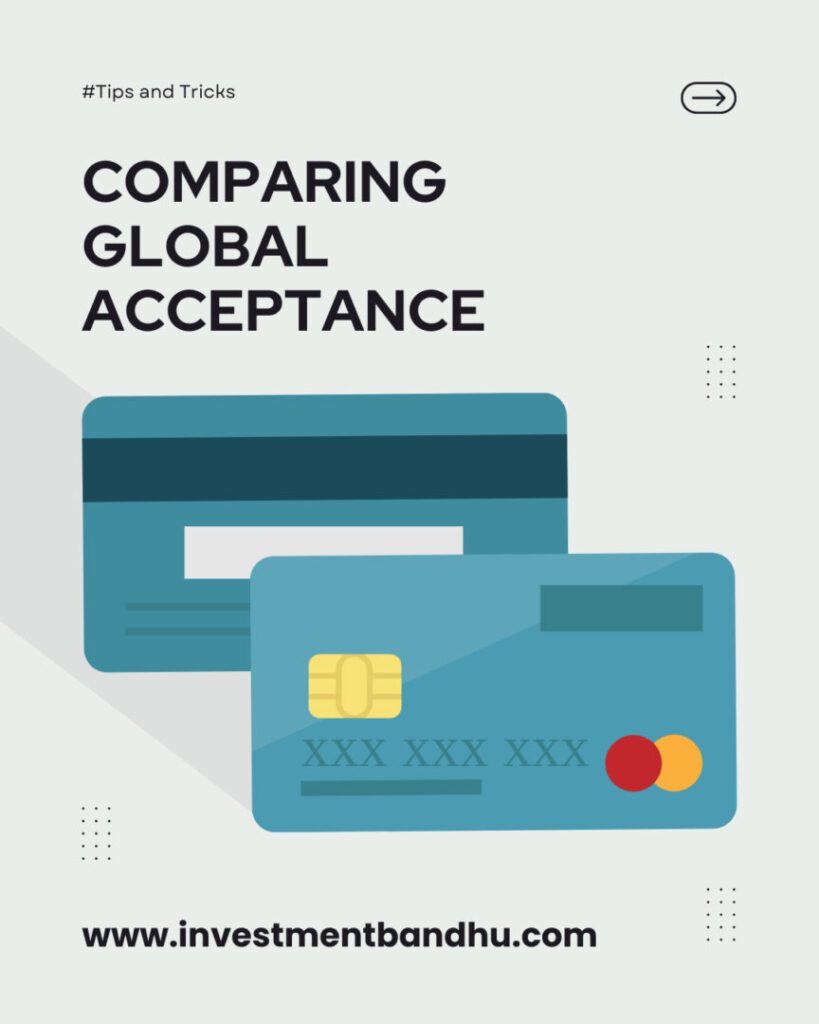
Discover which credit card has the widest global acceptance in North America. Learn how Visa, Mastercard, American Express, and Discover compare for travelers, businesses, and everyday purchases
Imagine landing in a foreign country, stepping into a café, and confidently handing over your card—only to hear, “Sorry, we don’t accept this.” Few financial frustrations sting as much as carrying a card that isn’t recognized.
Credit cards are more than pieces of plastic or metal; they are passports to global convenience. In North America—where millions travel across borders for business, leisure, or study—the question isn’t just which card offers the best rewards. It’s deeper: which credit card can you trust to be accepted almost anywhere you go?
This question matters because global acceptance is the backbone of financial freedom. A rewards-rich card is useless if you can’t swipe it abroad. A premium travel card loses its charm if foreign merchants won’t process it. The true measure of a credit card isn’t only in perks—it’s in accessibility.
This article takes a 360-degree look at global acceptance of major credit card networks in North America. By the end, you’ll know which card gives you the highest chance of hearing “yes, we take that” no matter where you are in the world.
Credit Card Networks: The Big Four
In North America, four networks dominate: Visa, Mastercard, American Express (Amex), and Discover.
Each has a unique history, a different global footprint, and varying strengths. Let’s break them down.

Visa
- Founded in 1958, Visa has grown into the largest credit card network worldwide.
- It doesn’t issue cards directly but partners with banks.
- Known for reliability and near-universal acceptance.
Mastercard
- Founded in 1966, Mastercard is Visa’s closest rival.
- Equally global, with a focus on cross-border transactions.
- Widely accepted in both developed and developing markets.
American Express
- Founded in 1850 as a freight company, Amex transitioned into financial services.
- Known for premium perks, strong U.S. presence, and prestige.
- Less widely accepted globally compared to Visa and Mastercard.
Discover
- Launched in 1985, Discover shook up the market with no annual fees and cashback.
- Strong in the U.S. but weaker internationally.
- Relies on network partnerships for global reach.

What Does “Acceptance” Really Mean?
When we talk about global acceptance, it’s more than just numbers. It means:
- Merchant Coverage – How many stores, restaurants, hotels, and online businesses will accept the card?
- ATM Access – Can you withdraw local currency abroad easily?
- Cross-Border Fees – Even if a card is accepted, what’s the cost of using it overseas?
- Network Reliability – Is the transaction seamless, or do glitches happen often?
Visa: The Undisputed Leader
Visa consistently ranks as the most widely accepted card in the world. In North America, this dominance is clear: whether you’re shopping in Mexico, dining in Canada, or traveling across the U.S., Visa is almost always a safe bet.
Globally, Visa’s footprint extends across 200+ countries and territories. What makes Visa powerful isn’t just raw numbers—it’s partnerships with banks, retailers, and payment networks.
Advantages of Visa Acceptance:
- Universally recognized by merchants.
- Supported by almost every bank in North America.
- Strong fraud protection and customer service.
- Works seamlessly for both online and offline purchases.
Drawbacks:
- Rewards and perks vary greatly by issuing bank.
- Some premium travel cards charge high annual fees.
For sheer acceptance, Visa leads the pack.
Mastercard: A Close Second
If Visa is the king, Mastercard is the loyal knight always at its side. Mastercard’s acceptance is nearly identical, making it equally reliable for travelers and shoppers in North America and beyond.
Why Mastercard Matters:
- Accepted in over 210 countries and territories.
- Slightly stronger penetration in certain regions like Europe.
- Offers additional travel benefits, depending on the issuing bank.
Key Edge:
Mastercard often provides better currency conversion rates than competitors, which makes it popular for cross-border spending.

American Express: Prestige Meets Limitations
American Express has a unique place in the credit card ecosystem. In North America—especially the U.S.—it enjoys strong acceptance and brand loyalty. Many businesses cater specifically to Amex holders, given their reputation for higher spending power.
But globally, Amex acceptance is spottier. Some merchants refuse it due to higher transaction fees.
Strengths of Amex:
- Premium rewards, especially for travel and dining.
- Strong purchase protection and customer service.
- Popular in major North American cities.
Weaknesses:
- Not as widely accepted abroad, especially in smaller towns or developing regions.
- Higher annual fees on premium cards.
If you’re traveling within North America, Amex works fine. But for global acceptance, it lags behind Visa and Mastercard.
Discover: Strong at Home, Limited Abroad
Discover is a beloved network in the U.S. thanks to cashback rewards and no annual fees. But outside North America, it struggles. Many merchants worldwide don’t recognize Discover, and even in Canada or Mexico, acceptance is patchy.
Pros:
- Excellent cashback programs.
- No foreign transaction fees on some cards.
- Works well for online shopping.
Cons:
- Weak international presence.
- Limited partnerships abroad.
Discover is great for Americans staying domestic but not ideal for global travelers.

Comparing Global Acceptance
To determine which card wins the title of widest global acceptance in North America, let’s compare:
| Network | Acceptance in North America | Global Reach | Best For | Weakness |
|---|---|---|---|---|
| Visa | Nearly universal | 200+ countries | Everyday use & travel | Annual fees vary |
| Mastercard | Nearly universal | 210+ countries | Travel, global shopping | Similar fees as Visa |
| Amex | Strong in U.S. & Canada | Limited in some regions | Premium perks | Lower acceptance abroad |
| Discover | Strong in U.S. | Weak abroad | Cashback lovers | Limited merchants globally |
The Traveler’s Perspective
For a North American traveler, global acceptance isn’t a luxury—it’s survival. Imagine being stuck at a hotel check-in counter in Europe or Asia and learning your card doesn’t work. This is why seasoned travelers often carry both Visa and Mastercard, ensuring backup coverage.
Amex and Discover may work in larger international cities, but they lack the universal safety net Visa and Mastercard provide.
The Business Perspective
For North American businesses, accepting cards is about customer convenience. Merchants prefer Visa and Mastercard because:
- Fees are lower compared to Amex.
- Customers expect them to be accepted.
- Transaction processing is faster and smoother.
This reinforces Visa and Mastercard’s dominance—not just globally, but also at the neighborhood level.
The Future of Global Acceptance
Looking ahead, Visa and Mastercard are unlikely to lose their lead. As digital wallets and fintech expand, both networks are embedding themselves into mobile payment systems like Apple Pay, Google Pay, and PayPal.
Amex may continue to thrive with niche premium audiences, while Discover will focus on domestic innovation. But for sheer global acceptance, the future still belongs to Visa and Mastercard.
So, which credit card has the widest global acceptance in North America?
The answer is simple: Visa, followed very closely by Mastercard.
While American Express and Discover serve valuable roles, they cannot match the worldwide footprint of the two giants. For travelers, businesses, and everyday consumers in North America, carrying a Visa or Mastercard is the surest way to ensure your card works anywhere, anytime.
